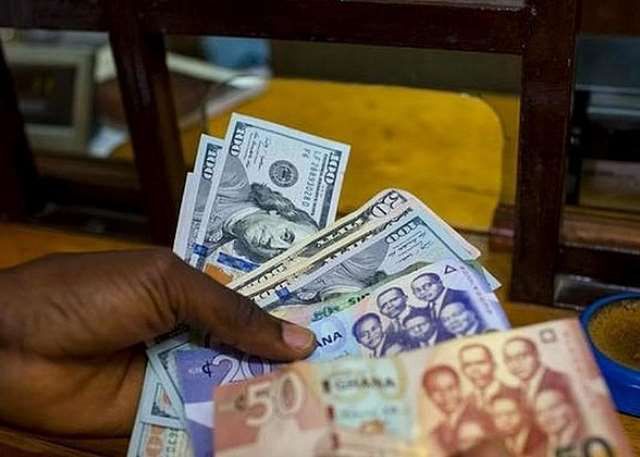The Ghanaian Cedi’s Performance Against Major Currencies: A Comprehensive Overview
The Ghanaian cedi experienced a depreciation against the US dollar on Wednesday, August 27, 2025, reflecting ongoing fluctuations in the foreign exchange market. Cedirates.com, a trusted source for currency and fuel rate information in Ghana, reported an average buying rate of GHS10.99 and a selling rate of GHS11.46 for the US dollar. This indicates that individuals looking to purchase US dollars would pay GHS11.46 for each dollar, while those selling dollars would receive GHS10.99. At forex bureaus, the rates were slightly higher, with buying and selling rates of GHS12.10 and GHS12.45, respectively, suggesting a premium for over-the-counter transactions compared to the official interbank market. The Bank of Ghana’s interbank market, which facilitates transactions between banks, posted a buying rate of GHS10.97 and a selling rate of GHS10.99 for the US dollar, generally considered the benchmark for official exchange rates.
The cedi’s performance against other major currencies mirrored its depreciation against the US dollar. For the British pound, forex bureaus offered an average buying rate of GHS14.68 and a selling rate of GHS15.38. The official interbank rate, as reported by the Bank of Ghana, stood at GHS14.81, slightly lower than the bureau selling rate. Similarly, the euro traded at GHS12.68 for buying and GHS13.29 for selling at forex bureaus. The Bank of Ghana’s interbank rate for the euro was recorded at GHS12.80. These differences in rates highlight the variations between official and retail currency exchange markets. The higher rates at forex bureaus likely reflect operational costs and profit margins, while the interbank market provides a more streamlined and competitive environment for large-volume transactions between financial institutions.
Remittance services, playing a vital role in the inflow of foreign currency into Ghana, offered competitive rates for money transfers from abroad. LemFi and Afriex, two prominent remittance platforms, provided attractive options for those sending money from the US or UK to Ghana. For US dollar remittances, LemFi offered a rate of GHS10.95, while Afriex offered a slightly higher rate of GHS11.00. For British pound remittances, LemFi quoted a rate of GHS14.86, and Afriex offered GHS14.96. Euro remittances saw LemFi and Afriex offering rates of GHS12.81 and GHS12.83, respectively. These competitive rates offer a cost-effective alternative to traditional money transfer methods and often reflect real-time market conditions, potentially offering better value than some forex bureaus.
The rates offered by these remittance platforms are generally very close to the interbank rates, suggesting a highly competitive landscape within the remittance market. This competition benefits consumers as they can choose the service that offers the most favorable rate and potentially save on transaction fees. The close proximity of these rates to the official interbank rates also indicates efficient price discovery within the market, with remittance providers leveraging technology and market access to offer competitive pricing. This highlights the increasing importance of digital financial services in facilitating international money transfers and their impact on currency exchange rates.
Digital subscription payments for services such as Netflix, Spotify, and Apple Music, often processed through international payment gateways like Visa and Mastercard, also incurred specific exchange rates. On August 27, 2025, the rate for these transactions stood at GHS11.98 for both Visa and Mastercard. This rate, higher than the interbank rate and slightly above the average forex bureau rate, reflects the fees and charges associated with international card transactions. These charges typically include processing fees, international transaction fees, and currency conversion markups. Consequently, users of these digital services often experience a slightly less favorable exchange rate compared to conventional currency exchange or remittances.
In summary, the Ghanaian cedi experienced depreciation against major currencies on August 27, 2025. The interbank market provided the lowest rates for the US dollar, British pound, and euro, followed closely by remittance services such as LemFi and Afriex. Forex bureaus offered higher rates, reflecting their retail nature and associated costs. Digital subscription payments through Visa and Mastercard incurred the highest exchange rates due to inherent international transaction fees. This multi-tiered foreign exchange landscape presents various options for consumers and businesses, each with its own associated costs and benefits. Understanding these variations is crucial for making informed financial decisions, whether for remittances, currency exchange, or online transactions. The cedi’s performance reflects the complexities of the foreign exchange market and emphasizes the need for continuous monitoring and analysis to navigate the dynamic landscape of currency fluctuations.


